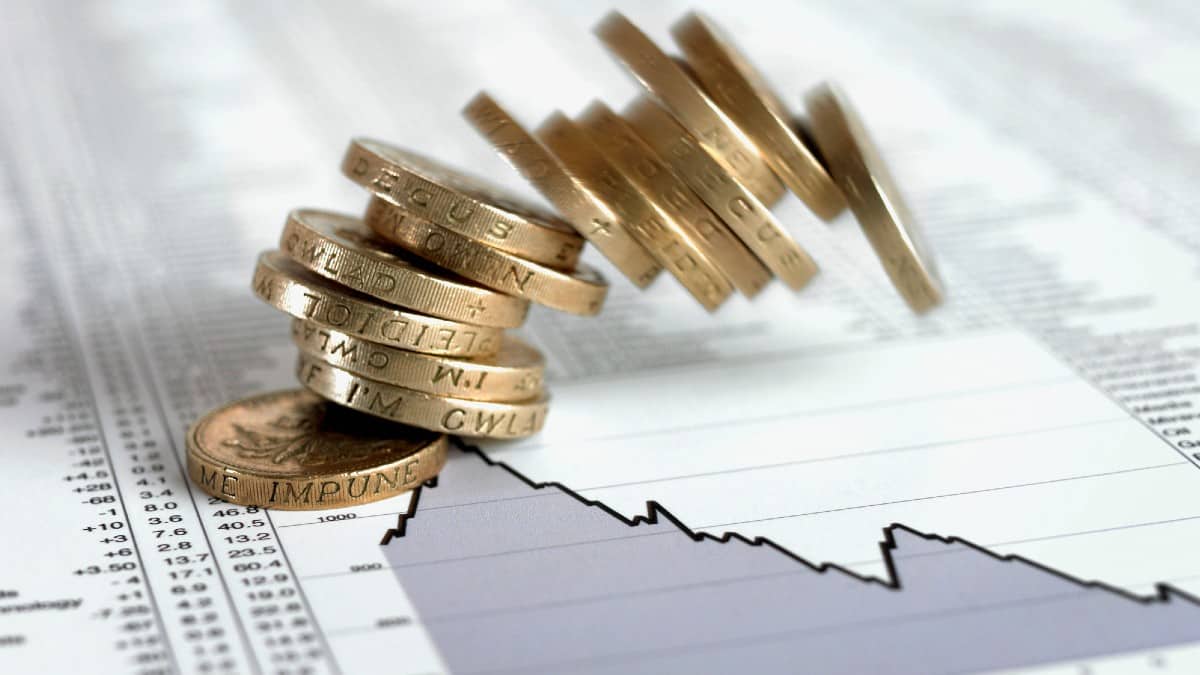One of Warren Buffett’s famous sayings is “never lose money”. That’s because losses can seriously hit investment returns so it’s just as important, in my view, to reduce investment risk as it is to find shares capable of huge growth, or paying a high and sustainable dividend. So I want to avoid high-risk share prices.
There are many ways to avoid riskier shares, none of them completely foolproof. But over a decade of investing I’ve never held a company that has gone bust. Then again, that’s not to say it could never happen. Anyway, here are three easy ways I try to avoid the riskiest, wealth-destroying shares.
Look at the balance sheet
Although the profit and loss account is more exciting, the balance sheet is useful for analysing the strength of a company’s finances at a certain point in time. It has its drawbacks as most financial documents do, but it can also help investors.
One way to use the balance sheet to avoid the most high-risk shares is to calculate the current ratio. I’d be ideally looking for a figure that’s above two (with this ratio, generally speaking, the higher the better).
This ratio shows me if the company can easily pay its short term debts. It can provide a warning sign a company may be in distress if the figure is well below one.
The ratio is calculated by dividing current assets by current liabilities.
To provide a tougher test also do the quick ratio, which is similar to the current ratio and is also a balance sheet strength test.
Look at the margins
I aim to invest in businesses that either have high margins, or margins that are improving. Why? Because high margins insulate a firm when conditions get tough or prices drop.
Imagine a company making 1% margin on sales. A major supplier then increases their bills by 5%. If this increased cost can’t be passed on to the customer, perhaps because the industry is competitive and customers are price-sensitive, then very quickly the company is trading at a loss.
A higher starting margin would have made absorbing this increased cost much more straightforward and the company would have remained profitable, all else being equal.
High margins can be a sign of less competition or an ingrained competitive advantage. Some industries with low cost bases also just lend themselves to higher margins so I compare an investment to how it’s competitors are doing.
Reducing investment risk
Thirdly, I look at the quality and holdings of management. If they have ‘skin in the game’, it’s more likely their interests are aligned with those of shareholders. Also, an experienced board with independent executives and relatively little board rotation are good signs. At the opposite end of the scale, large director sales can be seen as a potential red flag.
Three measures alone can’t eliminate risk, of course. I’d add more research on top of this. For me though, it serves as a starting point in a bid to not invest in stocks that could seriously hamper my portfolio’s returns.







